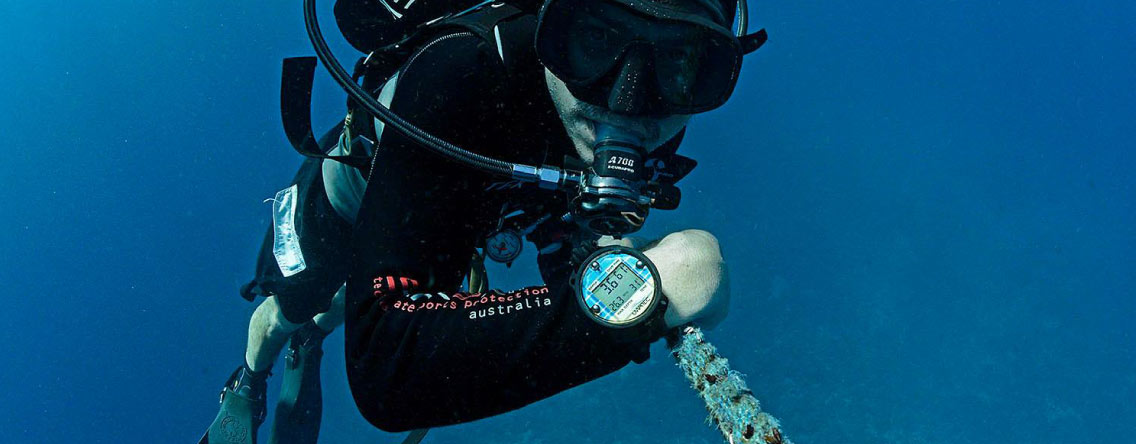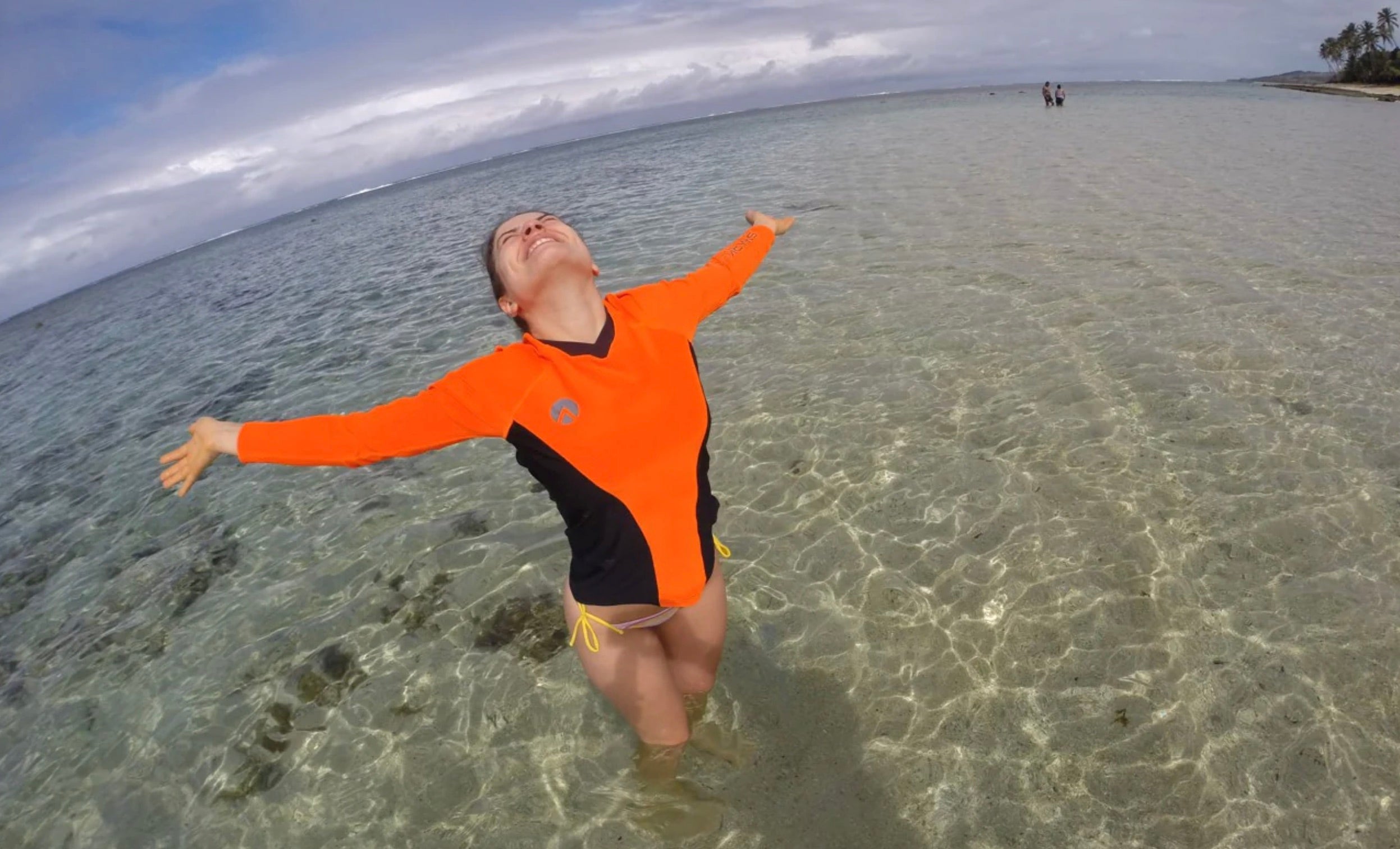How Often Should You Replace Your Wetsuit?
If you’re using your wetsuit regularly, expect to replace it every 2 to 4 years, or sooner if you notice a decline in performance. For those in the water multiple times a week, signs of wear can appear in just 12 to 18 months. On the other hand, a high quality wetsuit that’s used less frequently and looked after properly can last up to 5 years.
Whether you’re surfing, paddling, diving, or swimming, your wetsuit is one of your most important pieces of gear. But even the best suits don’t last forever, and knowing when it’s time to retire yours is key to staying warm, safe, and comfortable in the water.
Do Wetsuits Degrade If Not Used?
Yes, wetsuits can break down even when not in active use. Heat, humidity, and improper storage can cause the neoprene to become brittle or develop permanent creases. To maximise longevity, always store your wetsuit on a wide hanger, avoid folding, and keep it away from direct sunlight or hot environments.
Signs It’s Time to Replace Your Wetsuit
Not sure whether your wetsuit is still doing its job? Here’s how to know it’s time to move on:
1. Neoprene Feels Thin, Stiff or Cracked
Over time, neoprene loses its elasticity and insulation. If your suit feels cold, stiff, or fragile, it’s no longer offering effective protection.
2. Persistent Leaks or Separated Seams
Small rips and tears can often be repaired, but if water is flushing through the suit or the seams are peeling apart, replacement is often the better option. Learn more in our Wetsuit Repair 101 guide.
3. Loose Fit or Loss of Seal
A snug fit is essential for warmth. If your wetsuit has stretched out and water flows in easily at the neck, wrists or ankles, it’s past its prime.
4. Unpleasant Odours or Permanent Discolouration
If your suit smells bad even after a wash, or shows deep stains and fading, the materials have likely degraded beyond repair.
Do’s and Don’ts of Wetsuit Care
A key factor in your wetsuit’s life isn’t just how often you use it, but how well you take care of it.
Rinse After Every Use
Wash your wetsuit with fresh water after each session to remove salt, sand, and chlorine.
Dry Completely
Let it air dry in the shade, never under direct sun, and make sure it’s dry completely before storage to avoid mildew.
Use a Wide Hanger
Avoid shoulder creases and warped neoprene by hanging it on a wide hanger rather than folding or using wire hangers.
Avoid Hot Water and Harsh Chemicals
Rinsing your wetsuit in hot water or using detergents will break down the neoprene. Stick to mild, wetsuit-safe cleaners.
Want more care tips? Read our Ultimate Wetsuit Care Guide.
How to Extend Your Wetsuit’s Lifespan
Wetsuits that are cared for correctly can last significantly longer. Here’s how to get the most from your gear:
- Rinse and clean after every use
- Dry inside out first, then outside
- Store away from sunlight and heat
- Don’t leave it in the car or crumpled in a bag
- Avoid putting on a wetsuit that hasn’t dried properly
With these habits, you’ll enjoy more time on the water and less money spent replacing gear.
Ready for an Upgrade?
If your wetsuit has seen better days, it’s worth investing in one that will stand up to your adventures. At Sharkskin, we offer premium wetsuits and thermal wear crafted for diving, paddling, swimming, and more. Our designs combine the latest fabric technology such as FIR with Aussie-tested performance, so you can face any conditions with confidence.
From ocean swimming to winter paddling, Sharkskin gear is made to last, helping you stay warm, dry, and protected in every season. Once you’ve experienced the comfort and durability of Sharkskin, you won’t want to go without it.













